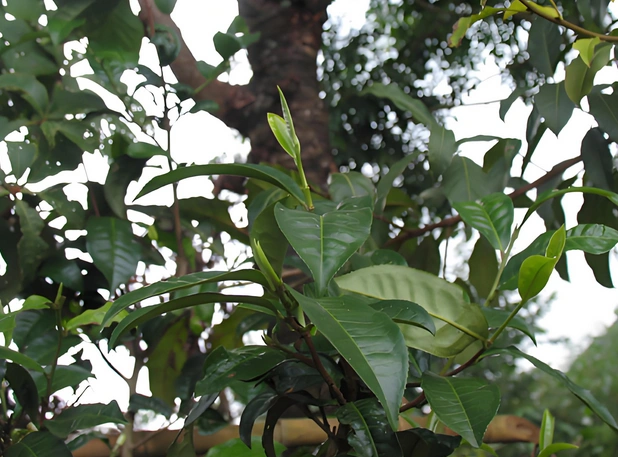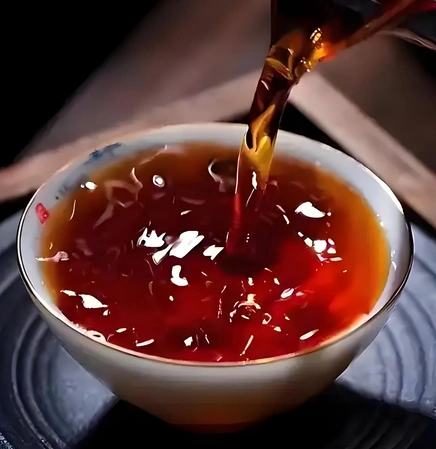Imagine a moment of calm as you cradle a warm gaiwan in your hands, the rich aroma of aged leaves curling upward in delicate wisps. With each inhale, whispers of earthy moss and honeyed dates beckon you to pause and savor. Brewing pu erh tea properly is more than a morning ritual—it’s a sensorial escape into ancient tradition and transformative flavor.
In this guide, you’ll master how to brew pu erh tea properly across raw (sheng) and ripe (shu) styles. We’ll walk through choosing the perfect teaware and water, precise tea-to-water ratios, rinsing and timed infusions, advanced cold-brew and gongfu techniques, sensory evaluation, troubleshooting, and thoughtful pairings. By the final sip, you’ll unlock pu erh’s full spectrum of depth, sweetness, and warmth.
Understanding Pu Erh Tea
What Is Pu Erh Tea?
Pu erh tea hails from Yunnan’s mist-clad hills, made from large-leaf Camellia sinensis var. assamica. After withering and gentle rolling, leaves are either piled for controlled fermentation (ripe, or shu) or compressed and aged naturally (raw, or sheng). Time and microflora transform tannic green leaves into jewel-toned cakes bursting with umami, woodsmoke, and dried fruit nuances.
Raw vs Ripe: Key Differences for Brewing Pu Erh Tea
- Raw (Sheng) Pu Erh demands gentler water temperatures and longer aging to soften its brisk, floral edge into honeyed complexity.
- Ripe (Shu) Pu Erh undergoes “wet-pile” fermentation, yielding dark, velvety liquor that embraces bold cocoa and earth tones.

Choosing Teaware & Water for Perfect Pu Erh Brewing
Selecting a Yixing Pot or Gaiwan
- Gaiwan: Porcelain gaiwans showcase the delicate color changes of sheng pu erh.
- Yixing Clay Teapot: Porous clay absorbs the depth of shu pu erh, layering flavors over repeated use.
Water Temperature & Quality for Pu Erh Tea Brewing
- Sheng Pu Erh: 95–100 °C to prevent astringency.
- Shu Pu Erh: 95–100 °C to fully unlock its mellow richness.
- Water: Fresh spring or filtered water, mid-range mineral content, elevates sweetness and mouthfeel.
Step-by-Step: How to Brew Pu Erh Tea Properly
Tea-to-Water Ratio & Leaf Quality
- Ratio: 5–7 g per 120 ml water for gongfu style; 2–3 g per 200 ml for Western brewing.
- Quality: Look for intact, glossy leaves with a uniform age stamp—no dust or stems.
Rinse Method to Awaken Pu Erh Tea
- Pour hot water over leaves for 5–10 seconds, then discard.
- This quick rinse removes residual dust and jump-starts microbial activity in ripe tea.
Timed Infusions: Mastering Pu Erh Steep Times
- First Steep:
- Sheng: 10–15 s
- Shu: 15–20 s
- Subsequent Steeps: Add 5 s each time.
- Expect 8–15 infusions, evolving from bright florals to deep caramel and forest-floor musk.

Advanced Pu Erh Tea Brewing Techniques
Cold Brew Pu Erh Tea for Smooth Flavor
- Combine 5 g leaves with 500 ml cold water in a sealed jar.
- Steep in the fridge for 8–12 hours.
- Strain and sip chilled for a silky, low-tannin refreshment.
Gongfu Style vs Western Style Pu Erh Brewing
- Gongfu: Concentrated steeps in a small pot, multiple quick infusions—ideal for tasting nuance.
- Western: Simplified single infusion in a teapot or infuser—great for ease and daily enjoyment.
Sensory Evaluation: Tasting Your Pu Erh
Observing Liquor Color & Clarity
- Sheng: Bright amber shifting to deep copper.
- Shu: Deep mahogany with a silky sheen.
Inhaling Aroma: Earthy, Smoky & Sweet Notes
Lean in and detect layers of:
- Damp forest floor and oak barrel (shu)
- Orchid and honeycomb (sheng)
- A hint of tobacco and dried apricot (both)
Assessing Mouthfeel & Return Sweetness
A perfect pu erh coats the tongue with velvet warmth and leaves a gentle huigan—sweet aftertaste that beckons another sip.
Common Mistakes When Brewing Pu Erh Tea
Over-Steeping or Under-Steeping Pu Erh Tea
- Too Long: Excess bitterness and stale notes.
- Too Short: Thin, underdeveloped flavor.
Water Too Hot or Too Cool
- Overheated: Scorches delicate sheng, unleashes harsh tannins.
- Too Cool: Fails to extract robust shu depth.
Leaf Quality and Storage Issues
- Stale Leaves: Lack vibrancy—purchase from reputable vendors and store in a cool, odor-free place.
Pairing & Serving Suggestions
Food Pairings for Pu Erh Tea
- Sheng: Delicate dim sum, fruit-based pastries.
- Shu: Rich meats, dark chocolate, smoked cheeses.
Casual Sipping vs Formal Tasting Rituals
- Casual: Western brew in a mug for daily comfort.
- Formal: Gongfu ceremony—small cups, shared among friends, savoring every nuance.
FAQ: How to Brew Pu Erh Tea Properly
- Can I reuse pu erh leaves for multiple steeps? Yes—up to 20 infusions, each reveals new flavor layers.
- What’s the best steep time for raw vs ripe pu erh? Raw: 10–15 s; Ripe: 15–20 s initial, adding 5 s per infusion.
- How should I store pu erh tea between sessions? Keep in a breathable clay jar away from light and strong odors.
Conclusion & Next Steps
You’ve learned how to brew pu erh tea properly—from teaware and water to rinses, timed steeps, cold brew, and sensory mastery. Now, embark on your own pu erh adventure:
- Try a classic ripe cake: Pu’er Tea Cake (Shu)
- Sample portable nuggets: Mini Pu’er Tea (Shu)
Experiment with these premium teas, refine your ritual, and let each cup transport you to Yunnan’s ancient tea trails—sip by sensuous sip.
🔗 For more tea brewing methods, check out the YouTube video explaining the brewing methods.



